Creative Variations on Paleo Yorkshire Pudding: Recipes and Tips
Paleo Yorkshire pudding is a delightful twist on a classic dish, often enjoyed alongside a hearty roast. The joy of cooking paleo-friendly meals is that you can experiment with various ingredients to maintain flavor while adhering to dietary preferences. Here, we explore creative variations on the traditional Yorkshire pudding, sharing innovative recipes and useful tips to enhance your culinary experience.
Classic Paleo Yorkshire Pudding Recipe
To kick things off, let’s lay a solid foundation with a classic paleo Yorkshire pudding recipe. It sets the stage for the creative variations to come.
- Ingredients:
- 1 cup almond flour
- 1/2 cup coconut milk
- 4 eggs
- 1/4 teaspoon salt
- 1/4 cup grass-fed ghee or coconut oil
- Instructions:
- Preheat your oven to 425°F (220°C).
- In a mixing bowl, whisk together almond flour, coconut milk, eggs, and salt until you achieve a smooth batter.
- In a muffin tin, place a teaspoon of ghee or coconut oil in each cup and heat it in the oven until sizzling.
- Quickly pour the batter into the hot oil-filled tins, filling each about halfway.
- Bake for 20-25 minutes until the edges are golden and puffed.
This recipe is both simple and satisfying, but don’t hesitate to get creative with your variations!
Sweet Potato Yorkshire Pudding
For a fun twist, add sweet potatoes to your batter for a hint of sweetness and nutrition.
- Ingredients:
- 1 cup almond flour
- 1/2 cup coconut milk
- 4 eggs
- 1 cup mashed sweet potatoes
- 1/4 teaspoon salt
- 1/4 cup melted ghee or avocado oil
- Instructions:
- Follow the same instructions as the classic recipe, but mix in the mashed sweet potatoes with the batter.
These sweet potato Yorkshire puddings add a beautiful color and additional flavor, perfect for a festive dinner.
Herbed Spinach Yorkshire Pudding
Want to sneak in some greens? Try incorporating spinach and herbs into your Yorkshire pudding!
- Ingredients:
- 1 cup almond flour
- 1/2 cup almond milk
- 4 eggs
- 1 cup chopped fresh spinach
- 1 tablespoon dried herbs (such as thyme or rosemary)
- 1/4 teaspoon salt
- 1/4 cup coconut oil
- Instructions:
- Preheat the oven as usual and prepare your muffin tin with coconut oil.
- Mix the spinach and dried herbs into the classic batter before pouring it into the hot tins.
This herbed variation not only adds flavor but also enhances the nutritional value of your meal.
Italian-Style Yorkshire Pudding
Give your pudding an Italian flair by using sun-dried tomatoes and basil.
- Ingredients:
- 1 cup almond flour
- 1/2 cup coconut milk
- 4 eggs
- 1/2 cup finely chopped sun-dried tomatoes
- 1 tablespoon fresh basil, chopped
- 1/4 teaspoon salt
- 1/4 cup olive oil
- Instructions:
- Prepare your batter as usual, mixing in the sun-dried tomatoes and basil.
- Follow the standard baking instructions.
This Italian version brings a delightful Mediterranean essence to your plate.
Tips for Perfect Paleo Yorkshire Pudding
Regardless of the variation you choose, keeping a few key tips in mind will help you achieve the perfect Yorkshire pudding every time:
- Ensure your fat is hot before adding the batter. This is essential for it to rise well.
- Do not open the oven door while baking; sudden temperature changes can cause the puddings to collapse.
- Experimenting with different herbs or spices can elevate the flavor profile of your dish.
With these creative variations and tips, you are sure to delight your taste buds with paleo Yorkshire pudding! Enjoy the process, and don’t hesitate to make these recipes your own.
The History and Evolution of Yorkshire Pudding in Modern Cooking
Yorkshire pudding has long been a cherished part of British cuisine, and its history is rich and fascinating. Evolving from a humble dish into a beloved favorite, understanding its background adds depth to every bite.
The roots of Yorkshire pudding can be traced back to the 18th century, where it was initially known as “dripping pudding.” Cooks would prepare a batter made from flour, eggs, and milk, which they would bake beneath roasting meat. As the fat dripped from the meat, it added flavor and richness to the pudding, a brilliant way to utilize the juices that would otherwise go to waste.
Over time, this simple dish gained popularity, becoming a staple in English households. It provided an economical way for families to fill their stomachs with a hearty meal, especially when meat was scarce or expensive. The pudding served as a filler, absorbing the delicious meat drippings while complementing the meal beautifully.
In the Victorian era, Yorkshire pudding became more mainstream. Recipes began to appear in cookbooks, showcasing various methods to prepare it. This was when the dish’s reputation as a centerpiece of the traditional Sunday roast began to solidify. Families across England started to serve Yorkshire pudding alongside roast beef, creating a custom still observed today.
As time went on, Yorkshire pudding’s evolution took a fascinating turn. The method of preparation was modernized with the invention of self-raising flour, allowing for lighter and fluffier puddings. This change made it easier for home cooks to achieve the perfect rise, an essential characteristic of the ideal Yorkshire pudding.
Modern cooking techniques have also influenced the way Yorkshire pudding is prepared. Many people now choose to bake their puddings in muffin tins or individual ramekins, altering the traditional large tray preparation. This change allows for better portion control and a more appealing presentation, which is essential in today’s visually-driven food culture.
For those interested in a more contemporary twist, variations of Yorkshire pudding have emerged. These adaptations might incorporate different herbs, spices, or even cheese, allowing the dish to appeal to a broader range of tastes. Creative chefs experiment with fillings, serving stuffed Yorkshire pudding alongside gourmet options, pushing the boundaries of this classic dish.
Another exciting evolution in recent years is the incorporation of plant-based diets into the Yorkshire pudding repertoire. As more people opt for vegan or gluten-free lifestyles, alternative recipes have surfaced. These modern adaptations often use ingredients like almond milk or chickpea flour, preserving the spirit of Yorkshire pudding while catering to dietary restrictions.
Here are a few key points in the evolution of Yorkshire pudding:
- 18th Century: Originated as “dripping pudding,” using meat drippings as the main flavor source.
- Victorian Era: Became widely popular, associated with traditional Sunday roasts.
- Modern Techniques: Use of self-raising flour and muffin tins for improvements in texture and portioning.
- Innovative Variations: Chefs creatively fill and add unique ingredients to modern versions.
- Dietary Adaptations: Introduction of vegan and gluten-free options to cater to changing eating habits.
The resurgence of interest in traditional cooking has brought Yorkshire pudding back into the spotlight. Many people now appreciate the skill and technique involved in creating the perfect pudding. This has sparked unending experimentation within home kitchens and professional restaurants alike.
Ultimately, the journey of Yorkshire pudding reflects the broader evolution of food culture itself. As communities change and culinary preferences shift, this delightful dish continues to adapt while holding onto its cherished heritage. Today, no Sunday roast feels complete without those golden, fluffy morsels, which remind us of their humble beginnings and the comforting warmth they bring to our tables.
So, next time you sit down to a traditional meal, consider how far Yorkshire pudding has come. A blend of history and innovation, it perfectly embodies the way food connects us to our past while evolving for our future.
Conclusion
Paleo Yorkshire pudding isn’t just a delicious alternative to the traditional recipe; it opens up a world of creative variations and adaptations that can delight any palate. By experimenting with ingredients like almond flour or coconut flour, you can customize your pudding to suit your tastes while staying true to the principles of the Paleo diet. Think about incorporating herbs or spices for an added twist, or consider filling your puddings with savory fillings like roasted vegetables or seasoned meats. The possibilities are endless, allowing you to make the dish your own.
Diving into the history of Yorkshire pudding reveals its fascinating journey from a hearty staple in rustic British kitchens to a modern culinary favorite enjoyed worldwide. Originally crafted as a way to utilize the drippings from roast meats, Yorkshire pudding has evolved into an essential part of comfort food culture. Understanding its roots not only enriches your cooking experience but also helps you appreciate the dish’s versatility.
By blending this rich history with innovative cooking techniques, you unlock the potential of Paleo Yorkshire pudding to be more than a mere side dish; it becomes a centerpiece for gatherings and a testament to mindful eating. So, whether you’re embracing the Paleo lifestyle or simply looking for a tasty addition to your meals, this classic dish has something to offer everyone. Try out various recipes and tips, and enjoy the delightful intersection of tradition and modern dietary choices!
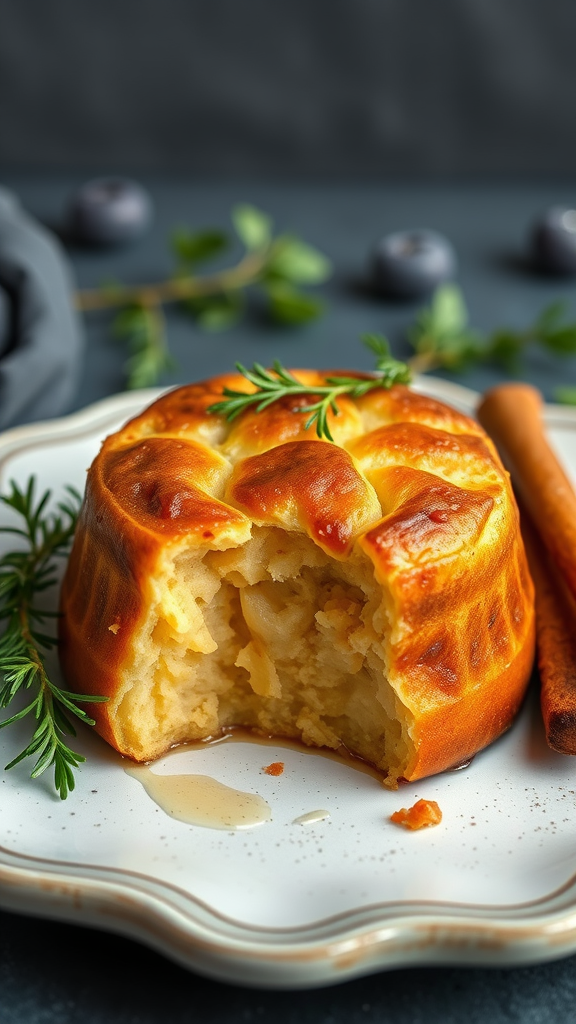
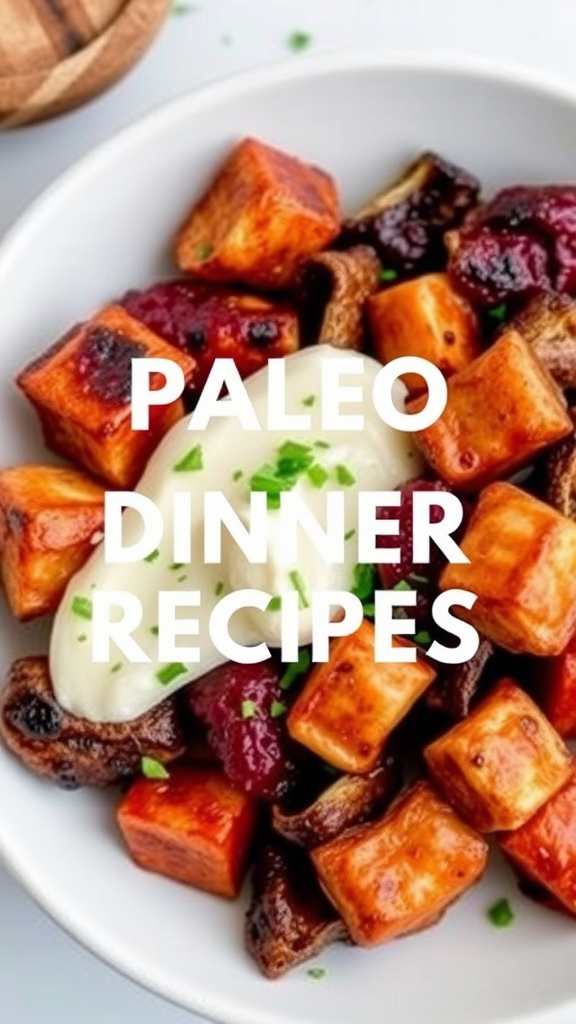
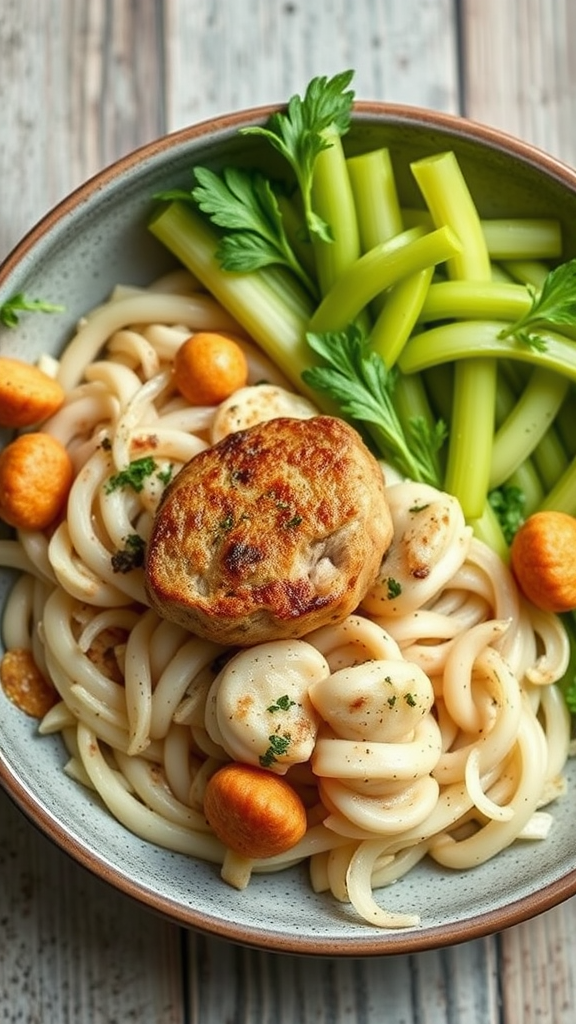
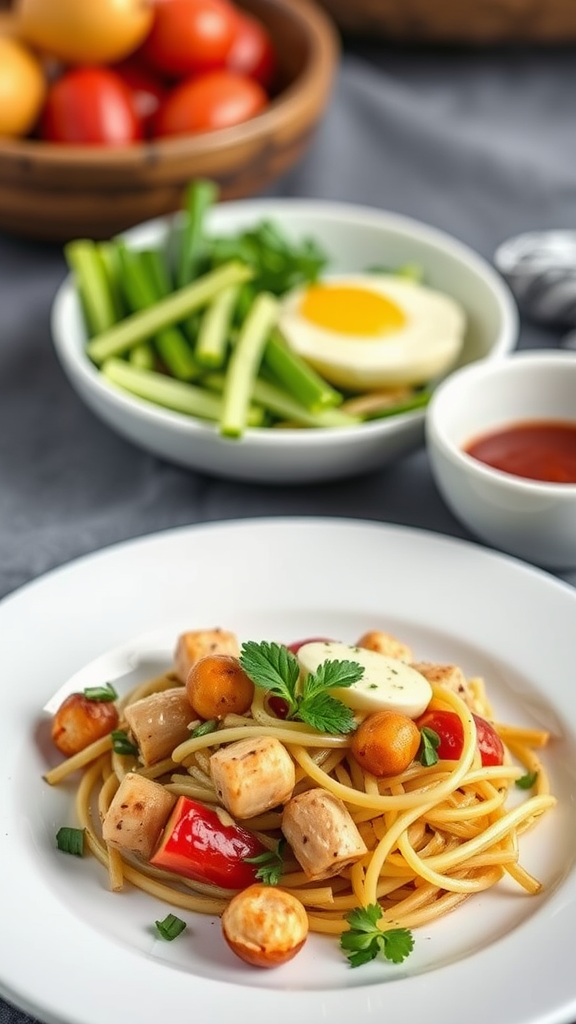
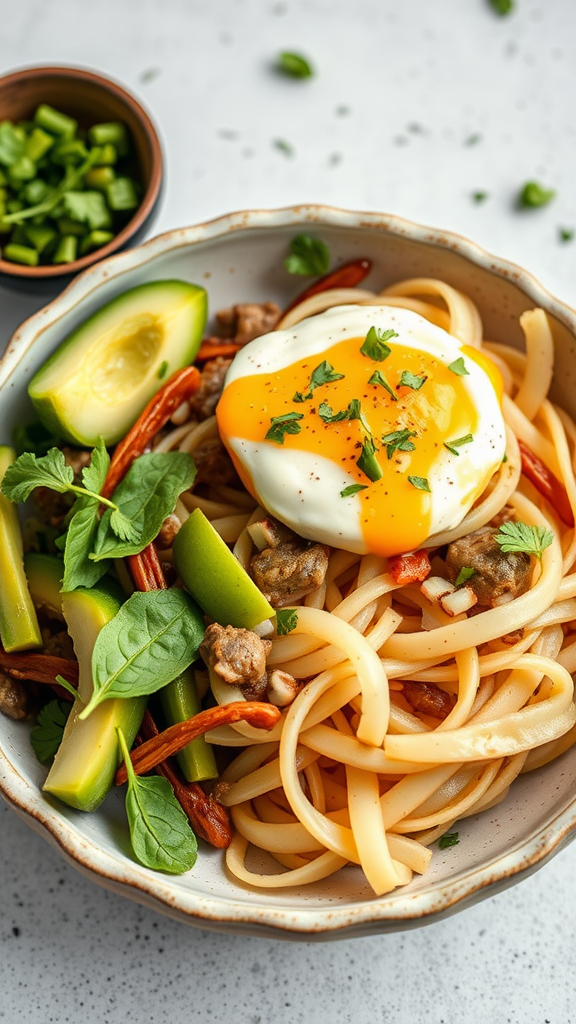
Leave a Reply